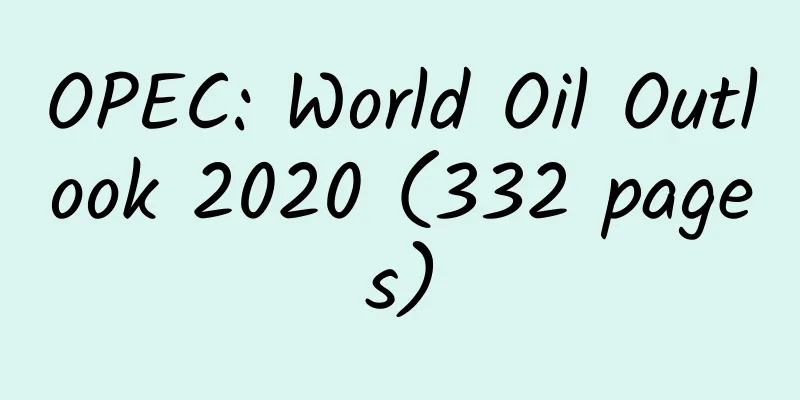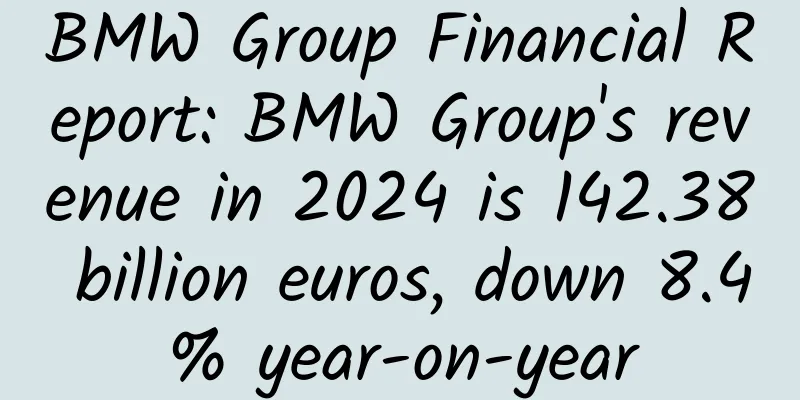OPEC: World Oil Outlook 2020 (332 pages)

|
OPEC released its 2020 World Oil Outlook on Thursday, which showed that global oil demand will stabilize in the late 2030s and may have already begun to decline by then. This is a major shift for OPEC and also reflects the lasting impact of the epidemic on the economy and consumption habits. At the same time, more and more analysts believe that the epidemic may be a turning point for peak oil demand. OPEC said daily oil consumption would rise to 107.2 million barrels in 2030 from 90.7 million barrels in 2020, 1.1 million barrels below last year’s forecast and more than 10 million barrels below its 2007 estimate for 2030 demand. In this regard, developing countries with high population and economic growth, such as India and China, play a key role in increasing energy demand, and developed OECD countries are also investing more in improving energy efficiency and low-carbon technologies. Therefore, nearly half of the total energy demand growth in the future will come from India and China. Allowing for strong volatility in the medium term, OPEC expects average OECD demand growth to be 0.7 million barrels per day by 2025, with similar growth rates by 2030. However, this picture will change considerably over the next five years, as the decline in OECD crude oil demand accelerates and non-OECD demand growth begins to slow. Global oil demand will grow at a relatively healthy pace in the first half of the forecast period, with demand leveling off for a relatively long period in the second half. Due to the shutdown of economic sectors caused by the epidemic and its impact on the global economy and consumer behavior, future crude oil demand may continue to be lower than past forecasts. While fuel use by cars, trucks and industry is set to rebound as the economy recovers, OPEC expressed concern that future growth could be offset by factors such as people working from home and teleconferencing replacing commuting after the pandemic, as well as improved fuel efficiency and the use of electric vehicles. Even before the pandemic, rising climate activism in the West and the widespread use of alternative fuels had put the strength of long-term oil demand under greater scrutiny. Despite the cuts, OPEC still expects slow growth in crude demand in the coming years. OPEC also believes that crude oil demand is likely to start declining after 2030, given the rapid adoption of electric vehicles, improved fuel efficiency and a sharp drop in business and leisure travel after the outbreak of the epidemic. OPEC said that by 2045, oil will remain the largest contributor to the energy mix, accounting for more than 27%, followed by natural gas (about 25%) and coal (nearly 20%). These energy sources were also the three largest contributors to the fuel share in 2019. The contribution of solar, wind and geothermal energy is expected to grow by an average of 6.6% per year through 2045, significantly faster than any other energy source. These renewables are expected to account for 8.7% of the energy market in 2045, up from 2.1% in 2019. OPEC said this accelerated policy and technology approach is not based on any major technological breakthrough and does not represent a possible reduction in total demand. On the supply side, OPEC expects its oil production to increase from nearly 34 million barrels per day in 2019 to 44 million barrels per day in 2045. OPEC members will account for 40% of global oil supply, up from about 34% last year. Non-OPEC supply will decline from a peak of nearly 72 million barrels per day at the end of 2030 to about 65 million barrels per day in 2045. Crude distillation capacity is expected to increase by 15.6 million barrels per day by 2045, a significantly slower pace of increase. OPEC’s report shows that upstream capital spending could fall by more than 30% by 2020, exceeding the decline during the severe industry downturn in 2015 and 2016. Looking ahead to 2045, more than $12 trillion in investment will be needed in upstream, midstream and downstream. OPEC said a big question facing future energy and oil markets is how big the long-term impact of the epidemic will be on consumer behavior and energy demand. The PDF version will be shared on 199IT Knowledge Planet, just scan the QR code below! |
>>: Gartner: Government IoT revenue to approach $15 billion in 2020
Recommend
Android 11 developer review: What's new?
[[327636]] We're no longer in the delicious l...
Look! Baidu Information Stream OCPC, have you put it on?
Unstable conversion effect? Is the cost of lead a...
Cash loan product operation routines and operation system construction!
Recently, I was tasked to study the product opera...
Amazing technology that is expected to move from science fiction movies to reality
We may have never been so close to the future. Yo...
"Highly Disseminated" Fission Poster Design Routine
Visual aesthetics is prevalent nowadays, and visu...
How much does it cost to produce a short video of African mercenaries holding signs and shouting?
As the Wuhan epidemic slowly dissipates, major co...
Which province in Nanjing: To do ranking optimization, it is more appropriate to choose the right SEO outsourcing company than to do it yourself
Today, many industries are lamenting the cold sna...
User Growth Tips
The background for writing this article is due to...
How to create explosive and screen-sweeping content marketing?
As online marketing becomes more mobile, traffic ...
APP online promotion activity plan
APP online promotion activities refer to activiti...
WeChat "Mini Programs" are going to kill apps? Entrepreneurs may not think so
"What is a mini program? A mini program is a...
Is Xiaomi challenging Gree and wanting to make white goods?
The news about Lei Jun's gambling has faded a...
Huawei talks about Android: No fear of Google's technology interruption, Hongmeng system will be launched on mobile phones next month
[[350209]] On November 3, the outside world had b...
"There was a cloud made of rain in the wind." What are clouds made of?
Produced by: Science Popularization China Author:...
Capturing carbon dioxide! The magic formula for low-carbon living
Produced by: Science Popularization China Produce...









